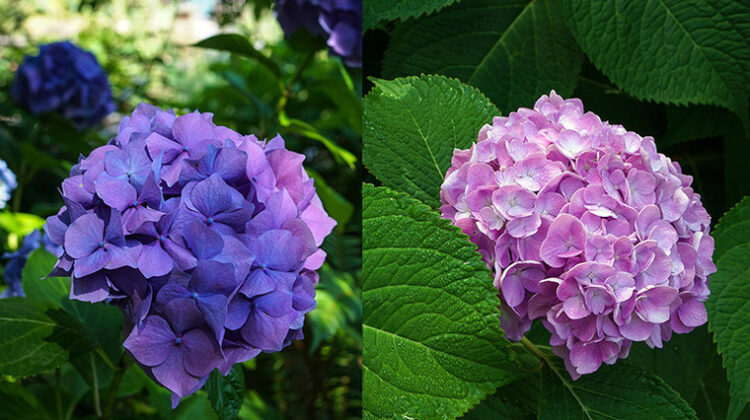
Hydrangeas, also known as hortensias, are more than just beautiful garden flowers. These remarkable plants have a hidden talent – they act as natural pH indicators.
If you’ve ever observed a hydrangea bush closely, you might have noticed something intriguing. The color of their flowers can change dramatically based on the acidity or alkalinity of the soil they grow in.

When the soil is acidic, hydrangea blossoms take on stunning shades of blue, creating a captivating display of azure hues in your garden. On the other hand, if the soil is more alkaline, these same hydrangeas will transform their petals into various shades of pink, adding a vibrant burst of color to your outdoor space.

This remarkable ability to mirror soil pH levels has earned hydrangeas another fitting nickname – the “Change Rose.” It’s a testament to their adaptability and the captivating way they respond to the environment they inhabit.

So, next time you spot a hydrangea, take a moment to appreciate the subtle science behind its vibrant blooms. These natural pH indicators not only enhance the aesthetics of your garden but also serve as a fascinating reminder of the intricate interactions between plants and their surroundings.

Leave a Reply